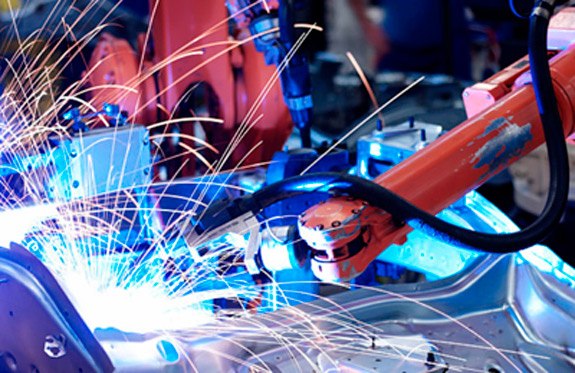Installing a car engine thermostat is a crucial task to ensure proper engine temperature regulation and optimal vehicle performance. It is essential to follow the correct installation process to prevent overheating and potential engine damage. In this article, we will provide a detailed guide on installing an automotive electronic thermostat, covering the necessary steps, required tools, precautions, common mistakes to avoid, and additional car engine components or sensors that may need replacement during the installation.
Installing a car engine thermostat involves the following steps:
a) Locate the Thermostat Housing: Identify the thermostat housing, usually connected to the engine block or cylinder head.
b) Drain the Coolant: Safely drain the coolant from the radiator to prevent spillage during the installation process.
c) Remove the Thermostat Housing: Use the appropriate tools to remove the bolts or fasteners securing the thermostat housing.
d) Replace the Old Thermostat: Remove the old thermostat from the housing and replace it with the new one, ensuring proper alignment.
e) Install the Thermostat Housing: Reattach the thermostat housing using the appropriate bolts or fasteners and ensure a secure fit.
f) Refill the Coolant: Refill the radiator with the recommended coolant and ensure it reaches the proper level.
g) Bleed Air from the Cooling System: Follow the manufacturer's instructions to properly bleed any air trapped in the cooling system.
To install a car engine thermostat, you will need the following tools:
a) Socket Set: A set of sockets and a ratchet handle for removing and installing bolts.
b) Screwdriver: Flathead or Phillips screwdriver to remove fasteners, depending on the thermostat housing design.
c) Coolant Drain Pan: A container to catch and dispose of the drained coolant properly.
d) Gasket or Sealant: Depending on the thermostat and housing design, a new gasket or sealant may be required for a proper seal.
e) Torque Wrench: To ensure proper tightening of the bolts to the manufacturer's specifications.
Before installing a car engine thermostat, it is important to take the following precautions:
a) Cool Down the Engine: Allow the engine to cool down completely before attempting any work to avoid the risk of burns.
b) Disconnect the Battery: To prevent any electrical mishaps, disconnect the vehicle's battery before starting the installation.
c) Refer to the Manufacturer's Instructions: Consult the vehicle's manual or the thermostat manufacturer's instructions for specific precautions and steps.
To ensure a successful installation, avoid the following common mistakes:
a) Incorrect Thermostat Orientation: Ensure the thermostat is installed with the correct orientation as indicated by the manufacturer.
b) Improper Seal: Insufficient sealing can lead to coolant leaks, so make sure to use the appropriate gasket or sealant and tighten the bolts evenly.
c) Over/Under Tightening: Over-tightening the bolts can damage the housing, while under-tightening can lead to leaks. Follow the manufacturer's torque specifications.
d) Neglecting Coolant Bleeding: Properly bleeding the air from the cooling system is essential to avoid air pockets that can cause overheating.
During thermostat installation, it is recommended to inspect and potentially replace the following components:
a) Thermostat Housing Gasket: Replace the gasket to ensure a proper seal between the housing and the engine block.
b) Temperature Sensor: If the temperature sensor is integrated with the thermostat or shows signs of malfunction, consider replacing it to maintain accurate temperature readings.
Installing an automotive electronic thermostat is a critical task for maintaining proper engine temperature regulation and overall vehicle performance. By following the correct installation process guidelines from SDZ engine parts factory, using the necessary tools, taking precautions, avoiding common mistakes, and considering the replacement of additional components or sensors, vehicle owners can ensure a successful and efficient thermostat installation. Proper installation leads to optimal engine performance, improved fuel efficiency, and increased longevity of the car engine cooling system parts.
